Where is Hattusa? A Complete Guide to Visiting the Ancient Hittite City in Turkey
Hattusa is a historical site in the heart of Anatolia, known as the heart of the Hittite Civilisation. Located in Boğazköy, Çorum, this ancient city has been on the UNESCO World Heritage List since 1986. With its rich historical ruins, temples and sanctuaries, Hattusa is a must-see destination for history buffs and cultural explorers.
So, where is Hattusa? And how can you visit Hattusa? You can find details about how to get to Hattusa and what to discover in this unique ruin in this article.
The History of Hattusa
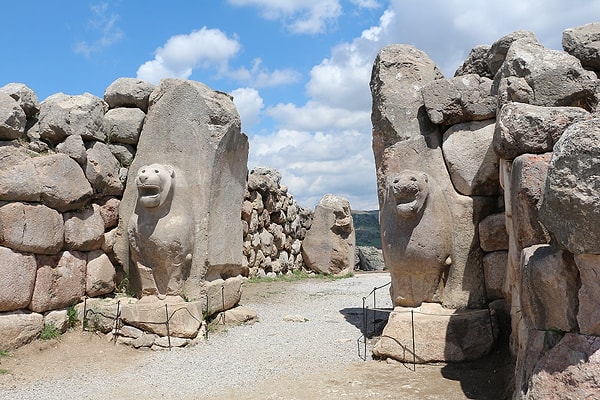
Although Hattusa is known as the capital of the Hittites, it is estimated that the first settlement in the region dates back to 2000 BC. The Hittites were known throughout history for their polytheistic belief system and the temples in Hattusa are a reflection of this belief. Hattusa was a major religious and cultural centre for the Hittite civilisation. The ruins here reveal the lifestyle, artistic skills and religious beliefs of the Hittites.
The first discovery was made by French archaeologist Charles Texier in the 1830s.
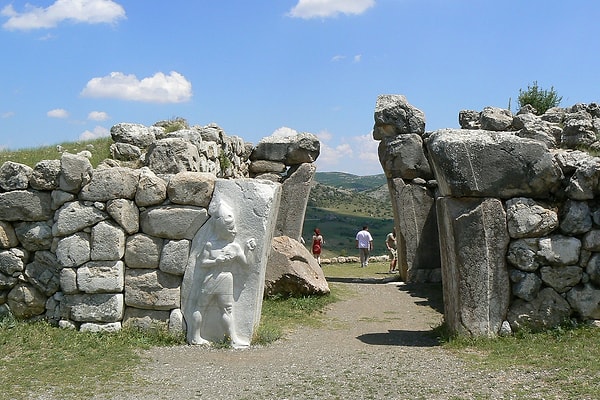
Texier identified Hattusa as the Pteria region mentioned in Herodotus' sources and pioneered excavations in this region. In 1906, German archaeologist Hugo Winckler and Theodor Makridi, curator of the Istanbul Archaeological Museum, found cuneiform tablets belonging to the Hittites during excavations in the region. These findings confirmed that Hattusa was the capital of the Hittite civilisation.
Where is Hattusa?

Located in the heart of Anatolia, 82 km southwest of Çorum city centre, in Hisar Quarter of Boğazköy district, Hattusa is the capital of the ancient Hittite Civilisation. Excavations in the region show that this place has been inhabited since prehistoric times and dates back to 2000 BC. The reason why Hattusa is such an important settlement lies in the fact that the Hittites chose the region as their capital and the sophistication of the architecture here. Today, it is possible to visit this historical site and explore the lifestyle and belief system of the Hittites in depth.
Location of Hattusa
Getting to Hattusa
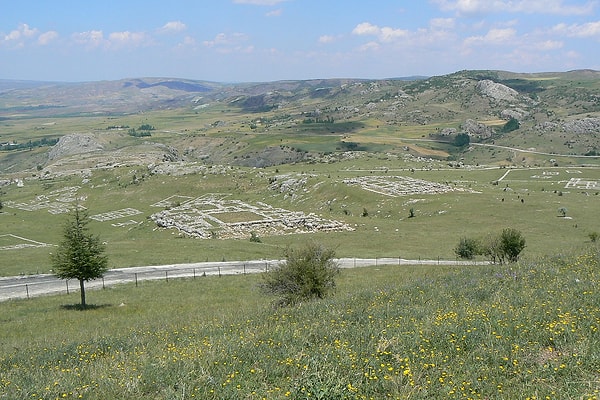
Hattusa, which is located in Çorum province, is 82 km away from the Çorum city centre. The most practical transportation method for those coming from big cities like Istanbul and Ankara is to use a private car. There are also shuttles from Çorum to Boğazköy district, but there is no direct public transportation line to Hattusa.
Another alternative for transportation to Hattusa is Samsun Çarşamba Airport. The distance from the airport to the region is approximately 167 km. At this point, transportation can be provided by a private car. Hattusa is open between 08.00-19.00 during the summer months and between 09.00-17.00 during the winter months.
Hattusaș and Hittite Civilisation
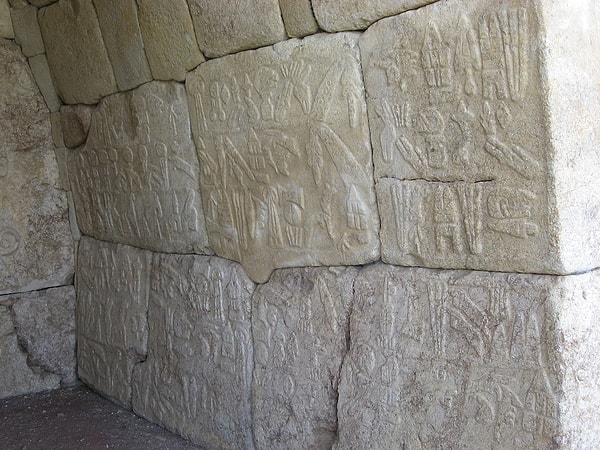
Hattusaș was called the “City of a Thousand Gods” for the Hittites. This name refers to the polytheistic belief system of the Hittites. The religion of the Hittites was based on the religion of nature and they expressed their belief in the gods through temples, reliefs and statues. The temples and sanctuaries found in Hattusa give us important clues about the religious beliefs of the Hittites.
The architecture of Hattusa shows how advanced the technology of the period was. The city, especially surrounded by walls, was built for defence purposes and offers important clues about the military structures of the period. One of the most striking among these structures is the “Gate with Sphinx”. This gate, which is a symbol of the Hittites' close relations with Egypt, has a structure similar to the sphinx figures in Egypt.
Important Buildings of Hattusa
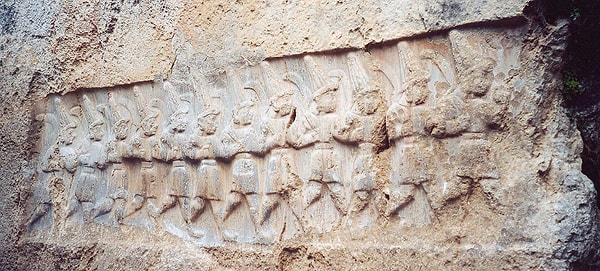
Hattusa consists of four main sections in total: Lower City, Upper City, Great Citadel and Yazılıkaya.
Lower City

This region draws attention with its infrastructure structures such as water reservoirs and granaries. There are also remains of settlements belonging to the Assyrian Trade Colonies. Excavations here yielded a large number of fossilised grains such as wheat, barley and oats.
Upper City

The Upper City, where sacred areas and temples are located, is considered the religious centre of the city. Excavations in this area yielded many finds such as ceramics, weapons and written documents. The Upper City offers the most beautiful examples of Hittite architecture.
The Great Citadel:
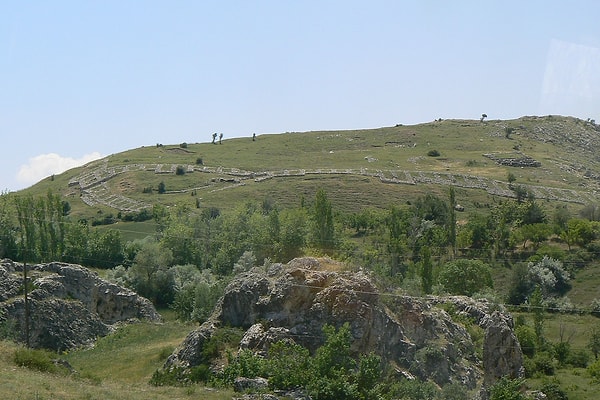
This castle, the administrative center of Hattusa, was built at the highest point of the city. This area formed the center of the city administration and important decisions were taken here.
Yazılıkaya
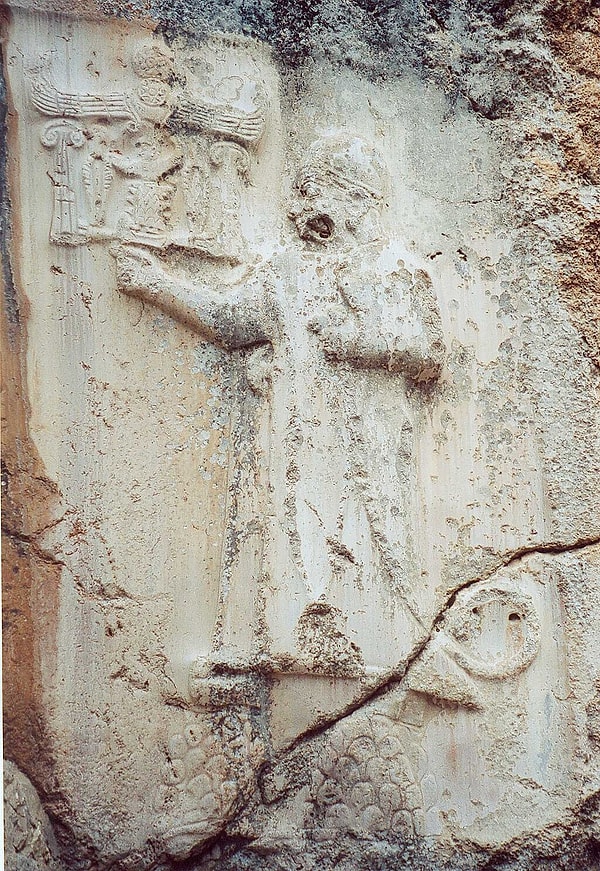
Yazılıkaya is an open-air temple located outside Hattusa. The figures of gods and animals carved into the rocks here are examples of Hittite religious beliefs and art. Yazılıkaya was a very sacred place for the Hittites and could only be visited by priests, the king and the queen.
Yazılıkaya Temple and God Reliefs
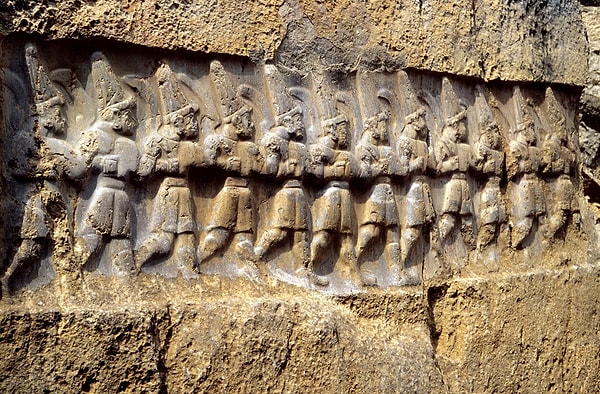
Yazılıkaya Temple is one of the most remarkable structures of Hattusa. There are 63 figures in this temple, with Gods in the west and Goddesses in the east. The most striking figures in the temple are the reliefs of the Sky and Storm God Teşup and the Goddess Hepat. These figures symbolize the Hittite belief in the powers of the universe.
Other important figures in the temple are the gods related to the underworld. The “Small Gallery”, which was used for the ceremonies of the dead, contains reliefs of these gods. This section reflects the Hittite belief in the afterlife and their view of the underworld.
The Hittites and the Cultural Heritage of Hattusa
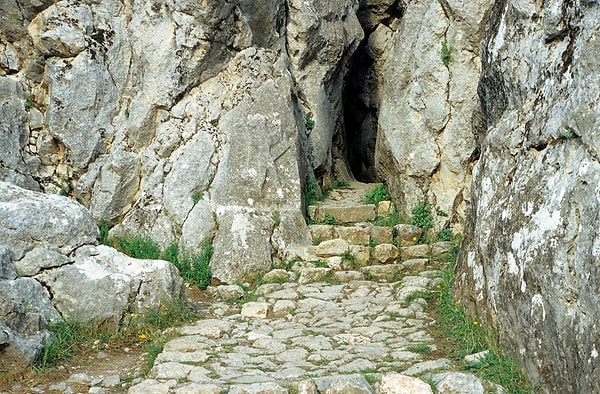
Hattusa is a region that best reflects the cultural and artistic development of the Hittites. The Hittites achieved great success in the field of architecture and the buildings in Hattusas reveal this success. In addition, the reliefs and sculptures in the region are an important source for us to understand the Hittites' understanding of art and religious beliefs.
In conclusion, Hattusa is an ancient city at the heart of the Hittite civilization and home to many important buildings. A visit to Hattusa offers a unique opportunity to not only understand the past, but also to explore the rich cultural heritage of the region. Hattusa is a must-see for history lovers and archaeology enthusiasts alike.
Keşfet ile ziyaret ettiğin tüm kategorileri tek akışta gör!

Send Comment